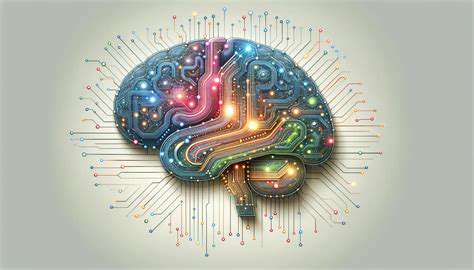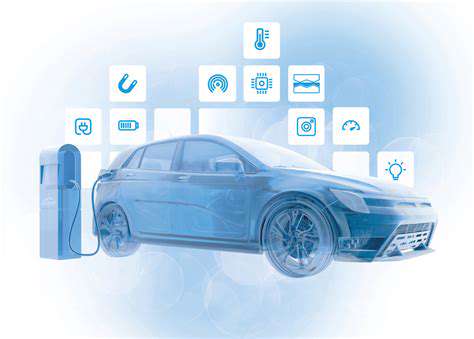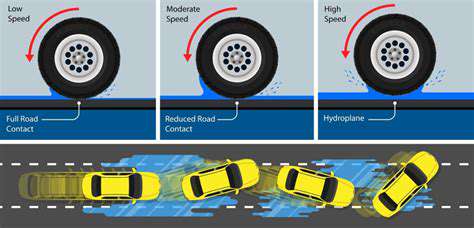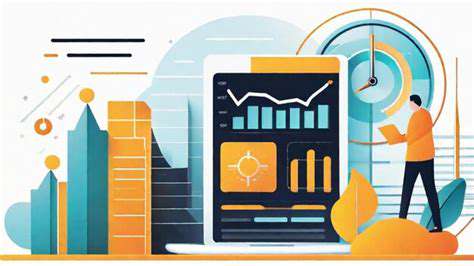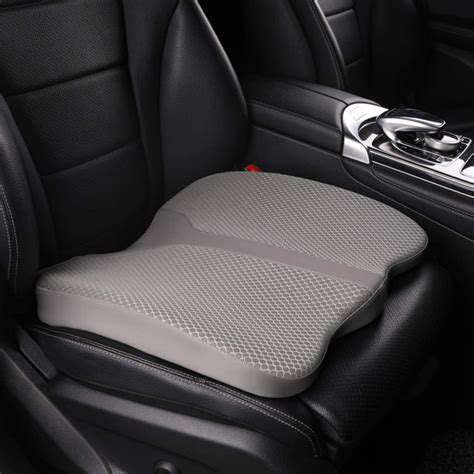Autonomous Vehicles: Redefining Transportation
The emergence of self-driving vehicles stands to transform not only how we commute but also the entire supply chain ecosystem. These driverless solutions—ranging from delivery trucks to aerial drones—are reshaping freight movement with unmatched precision and economic advantages. This evolution transcends mere automation; it's rebuilding the foundational architecture of worldwide trade networks.
Picture supply chains operating 24/7 without human limitations, where algorithms continuously optimize delivery paths. What once seemed futuristic now emerges in logistics hubs worldwide. The ripple effects—diminished gridlock, better fuel economy, and fewer collisions—promise to redefine industry standards.
Streamlined Operations and Economic Benefits
Self-driving fleets introduce remarkable operational improvements. Dynamic routing that adapts to live traffic patterns, coupled with machine-precise navigation, slashes transit durations. These efficiencies directly cut shipping expenses, creating competitive pricing for consumers while boosting corporate margins.
Furthermore, the clockwork reliability of automated transport enables businesses to synchronize their operations with pinpoint accuracy. For time-sensitive sectors like online retail or just-in-time manufacturing, this predictability revolutionizes inventory management.
Enhanced Road Safety Through Technology
Perhaps the most persuasive advantage lies in accident prevention. With over 90% of crashes stemming from human miscalculation, autonomous systems equipped with LiDAR and predictive analytics demonstrate superior hazard assessment. Their unwavering attention and millisecond reaction times promise to make highways significantly safer.
This safety transformation extends beyond preserving lives—it minimizes vehicle repairs, cargo losses, and associated insurance costs, creating a more resilient transportation framework.
Robotic Integration in Supply Chains
The logistics revolution extends beyond highways into storage facilities. Smart forklifts and robotic pickers now collaborate seamlessly with autonomous trucks, creating closed-loop automated systems. These mechanical workforces operate tirelessly, executing repetitive tasks with machine efficiency.
Such integration yields remarkable productivity gains—distribution centers can process triple the volume while maintaining flawless accuracy, all with reduced staffing requirements.
Modernizing Infrastructure and Policy Frameworks
This technological leap demands corresponding infrastructure upgrades. Priority lanes for automated convoys, widespread charging infrastructure, and 5G networks for vehicle-to-everything (V2X) communication represent critical investments.
Concurrently, legislators must develop comprehensive guidelines addressing data privacy, accident liability, and ethical programming standards to ensure responsible deployment.
Societal Impact and Labor Evolution
This transition raises profound societal questions. How should autonomous systems prioritize decisions in unavoidable accident scenarios? What vocational training programs can prepare displaced workers for emerging tech roles? Proactive policy measures must address these concerns to ensure equitable distribution of benefits across all socioeconomic groups.
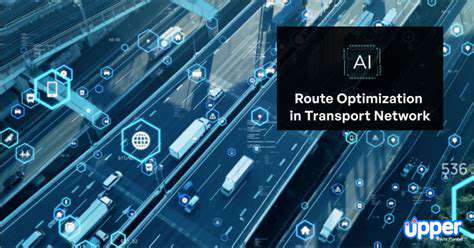
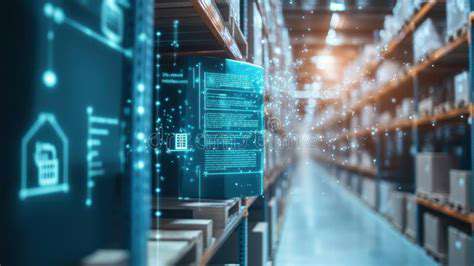
Lunar atmospheric conditions present a stark contrast to terrestrial environments, with gas densities so low they'd qualify as laboratory-grade vacuums on Earth. This sparse exosphere—dominated by trace amounts of noble gases—exerts minimal thermal influence yet significantly affects space weathering processes and solar wind interactions.
The Future of Transportation: Integrating Autonomous Systems
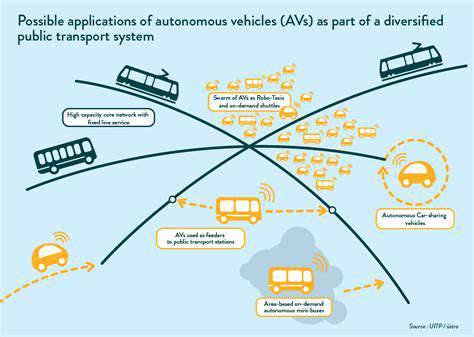
Self-Driving Technology: Mobility Reinvented
Automated driving systems, incorporating advanced sensor arrays and machine vision, are fundamentally transforming personal mobility. By eliminating human variables like fatigue or distraction, these systems demonstrate superior operational consistency.
Early adoption data suggests accident rates could plummet by 70-80% as these technologies mature. Such safety improvements might save thousands of lives annually while reducing traffic-related economic losses. Concurrently, vehicle-to-infrastructure communication enables dynamic traffic optimization, potentially cutting commute times by 30% in urban areas.
Electrification: The Sustainable Transition
The automotive sector's pivot to battery power represents more than an energy source change—it's redefining vehicle architecture. Electric powertrains achieve 90% energy conversion efficiency versus 30% for combustion engines, dramatically lowering per-mile costs while eliminating tailpipe emissions.
This transition accelerates as charging networks expand exponentially, with current growth rates suggesting universal coverage within major population centers by 2030. Such infrastructure development proves critical for mass adoption.
Hyperloop Networks: Redrawing Economic Geography
Vacuum tube transport concepts challenge conventional transit paradigms by proposing supersonic ground travel. These systems could shrink continent-scale journeys to hours rather than days, fundamentally altering business logistics and residential patterns.
This technology may spawn entirely new economic corridors, enabling real-time collaboration between distant innovation hubs. The resulting productivity gains could add trillions to global GDP while reducing regional disparities.
Aerial Mobility Solutions: The Third Dimension
Electric vertical takeoff aircraft (eVTOL) introduce aerial alternatives to surface congestion. These distributed air vehicles operate like airborne taxis, utilizing urban rooftops and vertiports to bypass ground traffic entirely.
Current prototypes demonstrate 150-mile ranges with charging times under 15 minutes, making them viable for daily commutes. Their whisper-quiet electric propulsion addresses noise pollution concerns that plagued earlier urban aviation concepts.
Multimodal Network Convergence
The next transportation frontier involves creating intelligent interfaces between disparate transit modes. Imagine an app that seamlessly combines micromobility, mass transit, and air transport into single-ticket journeys with perfect schedule synchronization.
Blockchain-enabled ticketing and AI routing engines will power this integration, delivering door-to-door trip planning that automatically adjusts for disruptions. Such systems promise to make car ownership optional rather than obligatory in urban centers.
